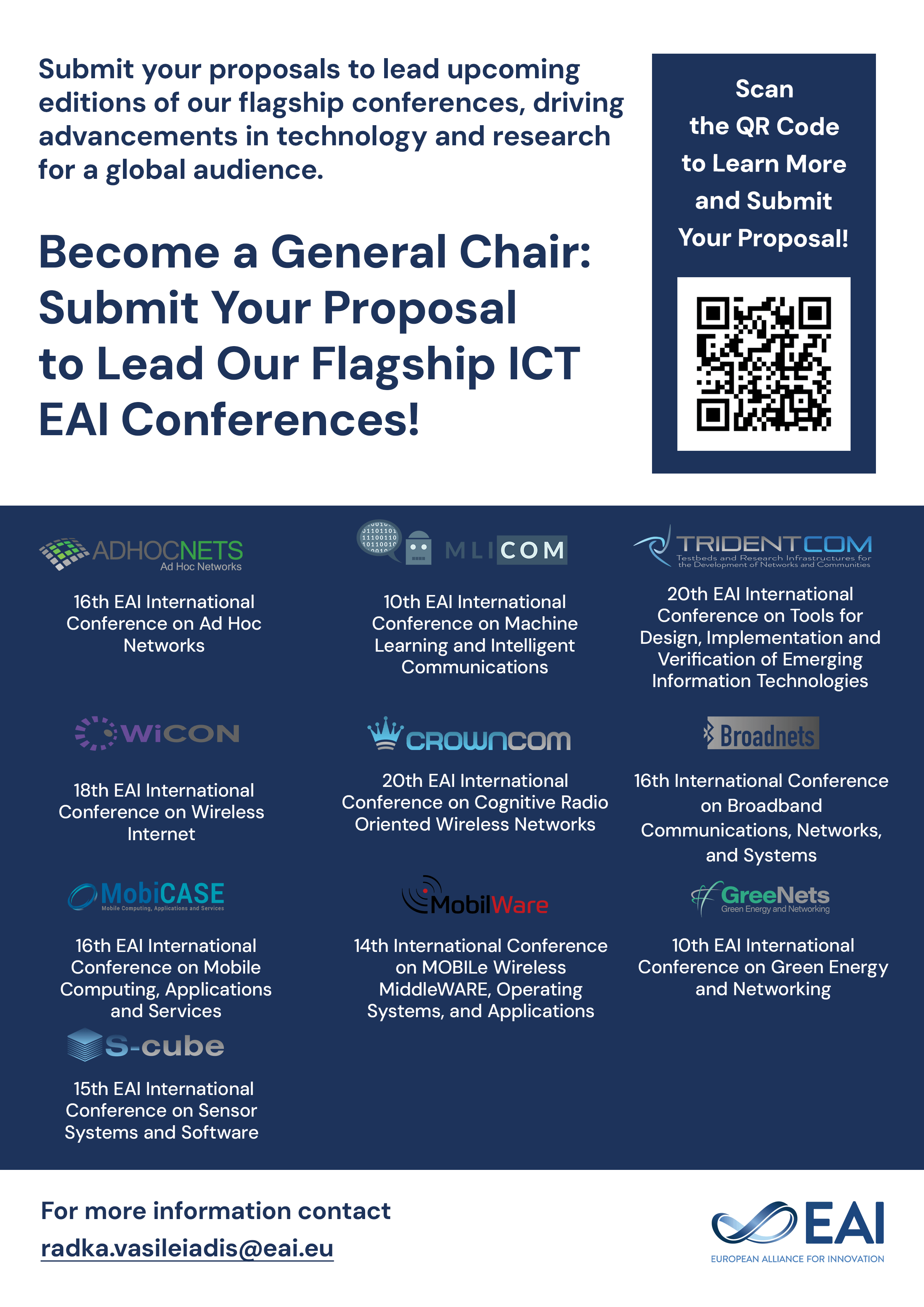
Research Article
Towards Personal Stress Informatics: Comparing Minimally Invasive Techniques for Measuring Daily Stress in the Wild
@INPROCEEDINGS{10.4108/icst.pervasivehealth.2014.254959, author={Phil Adams and Mashfiqui Rabbi and Tauhidur Rahman and Mark Matthews and Amy Voida and Geri Gay and Tanzeem Choudhury and Stephen Voida}, title={Towards Personal Stress Informatics: Comparing Minimally Invasive Techniques for Measuring Daily Stress in the Wild}, proceedings={8th International Conference on Pervasive Computing Technologies for Healthcare}, publisher={ICST}, proceedings_a={PERVASIVEHEALTH}, year={2014}, month={7}, keywords={ubiquitous computing stress sensing voice electrodermal activity experience sampling self-report user modeling}, doi={10.4108/icst.pervasivehealth.2014.254959} }- Phil Adams
Mashfiqui Rabbi
Tauhidur Rahman
Mark Matthews
Amy Voida
Geri Gay
Tanzeem Choudhury
Stephen Voida
Year: 2014
Towards Personal Stress Informatics: Comparing Minimally Invasive Techniques for Measuring Daily Stress in the Wild
PERVASIVEHEALTH
ACM
DOI: 10.4108/icst.pervasivehealth.2014.254959
Abstract
Identifying episodes of significant stress is a challenging problem with implications for personal health and interface adaptation. We present the results of a study comparing multiple modalities of minimally intrusive stress sensing in real-world environments, collected from participants as they carried out their everyday activities over a 10-day period. We compare the data streams produced by sensors and self-report measures, in addition to asking the participants, themselves, to reflect on the accuracy and completeness of the data that had been collected. Finally, we describe the range of participant experiences - both positive and negative - as they reported their everyday stress levels. As a result of this study, we demonstrate that voice-based stress sensing tracks with electrodermal activity and self-reported stress measures in real-world environments and we identify limitations of various sensing approaches.


